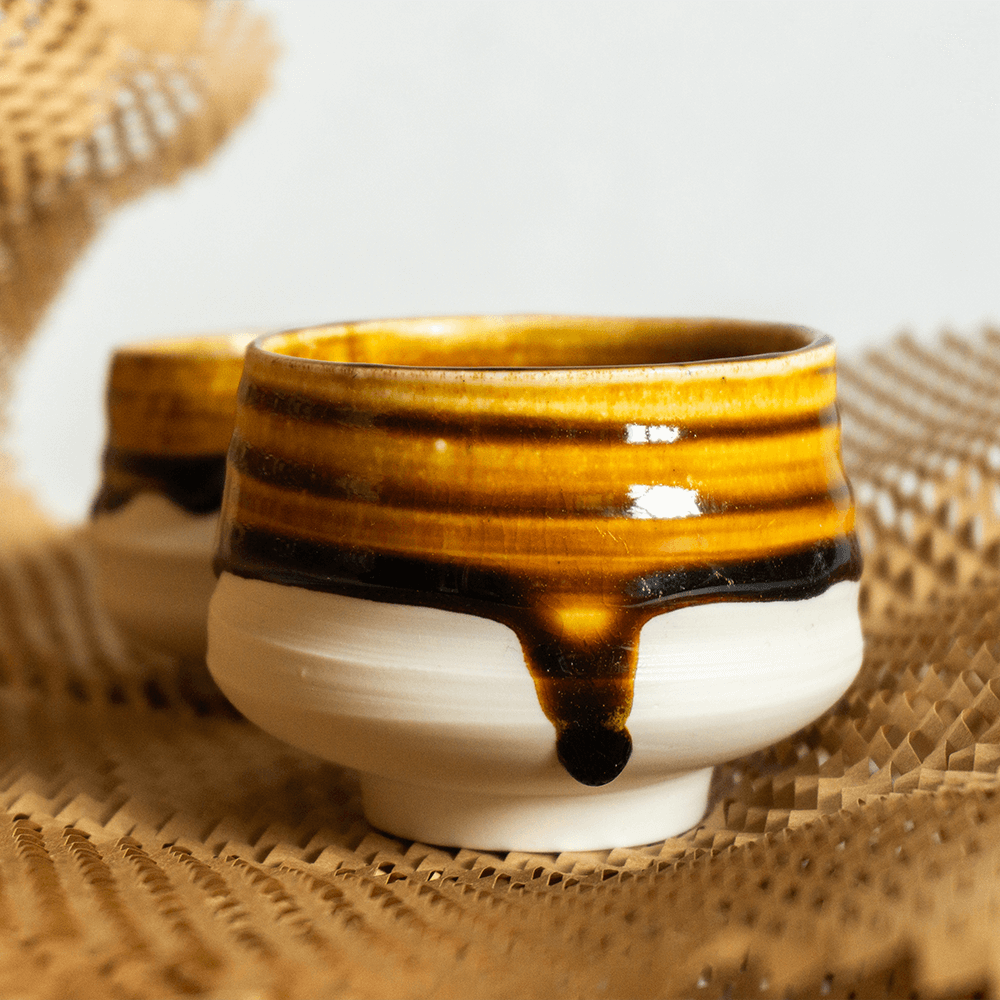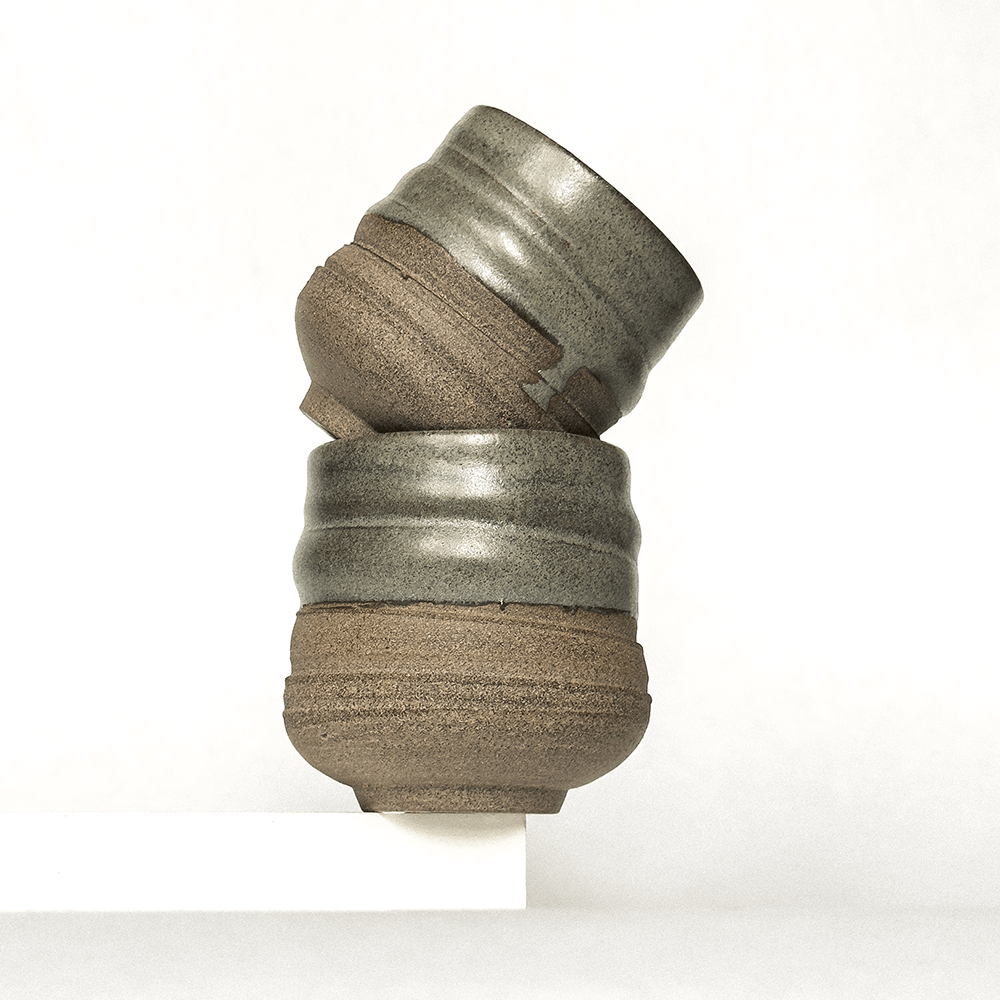Ceramics play a huge role in our world today. From the plates we eat off to advanced materials used in space exploration, ceramics are everywhere. But what exactly are ceramics, and what are they made from? Understanding their composition helps us appreciate their versatility and durability in both daily life and specialized applications.
What Are Ceramics Made Of?
Ceramics are typically made from natural materials like clay, minerals, and other compounds. These materials are carefully selected for specific properties, such as hardness, resistance to heat, and non-reactivity. The combination of these elements is what gives ceramics their unique qualities.
Raw Materials Used in Ceramics
The main raw materials in ceramics include:
Clay: Clay serves as the backbone of most ceramics. One type of clay commonly used is kaolin, which is rich in aluminum silicate. It’s perfect for creating porcelain due to its fine texture.
Silica: This is a key material in glassmaking but is also essential in ceramics. Silica contributes to the strength and heat resistance of the final product.
Feldspar: Feldspar acts as a flux, reducing the firing temperature of the clay and helping it bond. It also influences the final appearance of ceramics.
Other Minerals: Minerals like quartz, oxides, and carbonates are often added to customize the properties of the ceramic.
For a deeper dive into these raw materials, check out this helpful resource on what ceramics are.
Role of Natural and Synthetic Materials
Natural materials like clay and minerals form the basis of traditional ceramics, but synthetic materials are increasingly being used for advanced applications. For example, synthetic compounds such as zirconia or silicon carbide are engineered to provide higher strength, wear resistance, and heat tolerance. These advancements allow ceramics to be used in fields like aerospace and medicine, pushing their capabilities far beyond what natural materials can achieve.

The Manufacturing Process of Ceramics
Turning raw materials into high-quality ceramics involves several key steps, each contributing to the final product’s durability and aesthetics.
Preparing the Materials
Before shaping begins, raw materials are sourced, cleaned, and sometimes refined. Clay often contains impurities that must be removed to ensure consistent quality. Minerals like feldspar and silica are ground into fine powders to blend seamlessly with the clay.
Shaping Techniques
There are many ways to shape ceramics, depending on the desired outcome:
Hand-Building: This traditional method involves manually shaping the clay into forms. It’s common in artistic ceramics.
Slip Casting: In this technique, liquid clay (slip) is poured into a mold and left to harden.
Wheel Throwing: A potter’s wheel is used to create symmetrical forms, often used for tableware.
Techniques like these are explained in more detail in this guide to ceramics.
Firing and Glazing
Firing is when the magic happens. The shaped clay is heated to extremely high temperatures, solidifying the form and removing any residual water. Depending on the clay type and design, the temperature can vary widely.
Glazing adds the finishing touch, combining aesthetics with functionality. Glazes can make ceramics waterproof, add color, or create interesting textures.

Types of Ceramics and Their Composition
Ceramics are broadly categorized into traditional and advanced types, each with unique qualities and uses.
Traditional Ceramics
Traditional ceramics, like earthenware, stoneware, and porcelain, are made from natural materials like clay and fired at varying temperatures.
Earthenware: Fired at lower temperatures, it’s porous and often used for decorative items.
Stoneware: Denser and more durable than earthenware, making it ideal for kitchenware.
Porcelain: Made from fine kaolin clay and fired at the highest temperatures, it’s famous for its strength and translucent beauty.
Advanced Ceramics
Modern industries rely on advanced ceramics like zirconia, alumina, and silicon carbide. These are made from synthetic materials, delivering exceptional properties like high heat resistance and mechanical strength. For instance, zirconia ceramics are often used in dental implants due to their biocompatibility and toughness.
You can learn more about these advanced types in this overview of ceramic materials.
Why Material Composition Matters
The choice of materials doesn’t just affect how ceramics are made; it also determines how they perform in various applications.
Impact on Everyday Items
Think about the dishes and tiles you use daily. The durability, finish, and even color are all influenced by the materials chosen. For example, higher-quality clay results in stronger, more attractive products with fewer chances of chipping.
Material Selection in Industrial Uses
In industries like electronics or engineering, the selection of materials is critical. Advanced ceramics are chosen for properties like electrical insulation or resistance to wear, enabling them to perform well in high-stress environments.
Conclusion
Ceramics are as fascinating as they are functional. They bridge the gap between art and science, from the humble clay bowl to high-tech implants and spacecraft components. Understanding what they’re made from reveals why they’ve remained a cornerstone of human innovation for centuries. Whether you’re looking for beauty, utility, or durability, ceramics prove that the right materials truly make all the difference.

